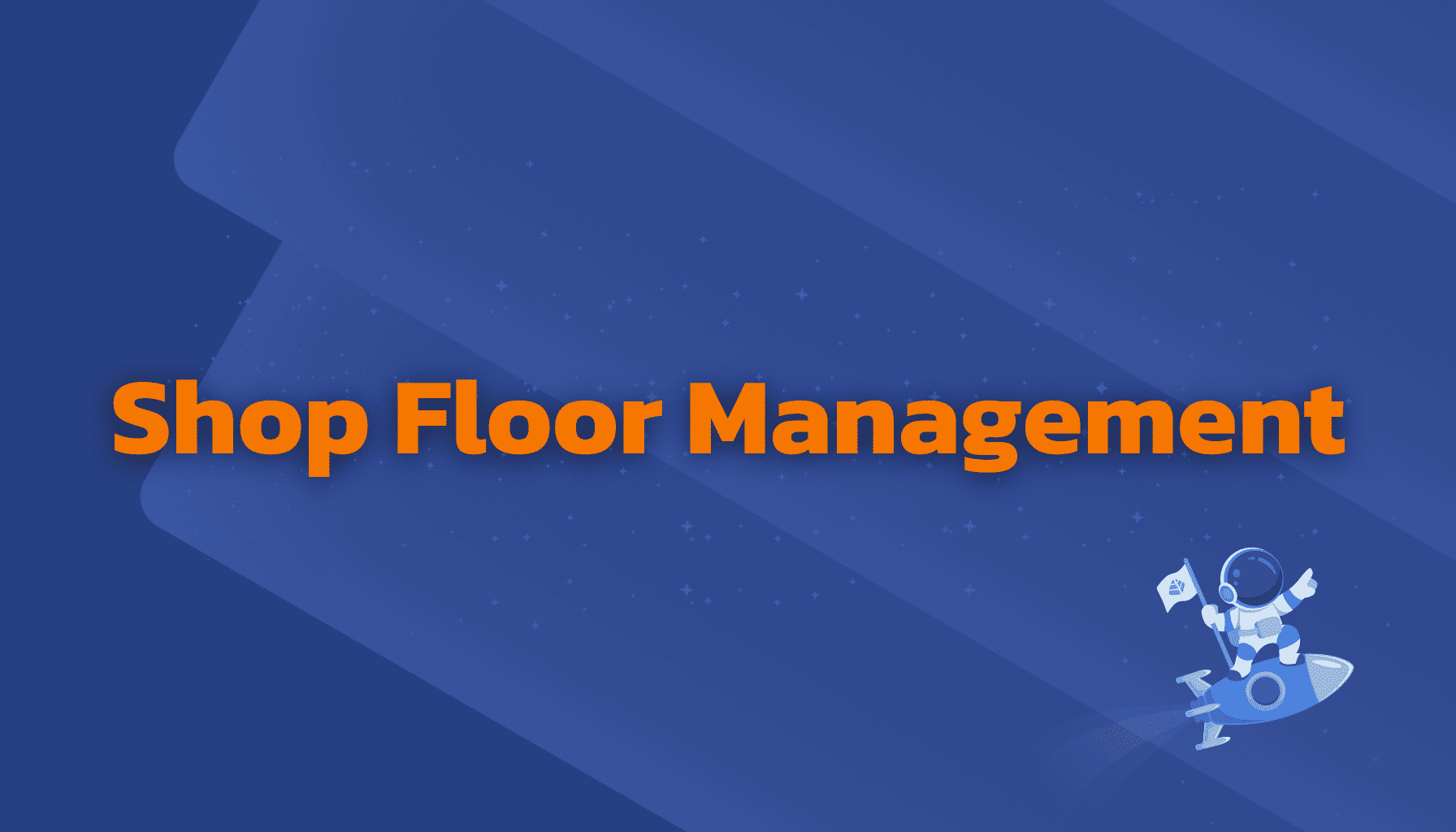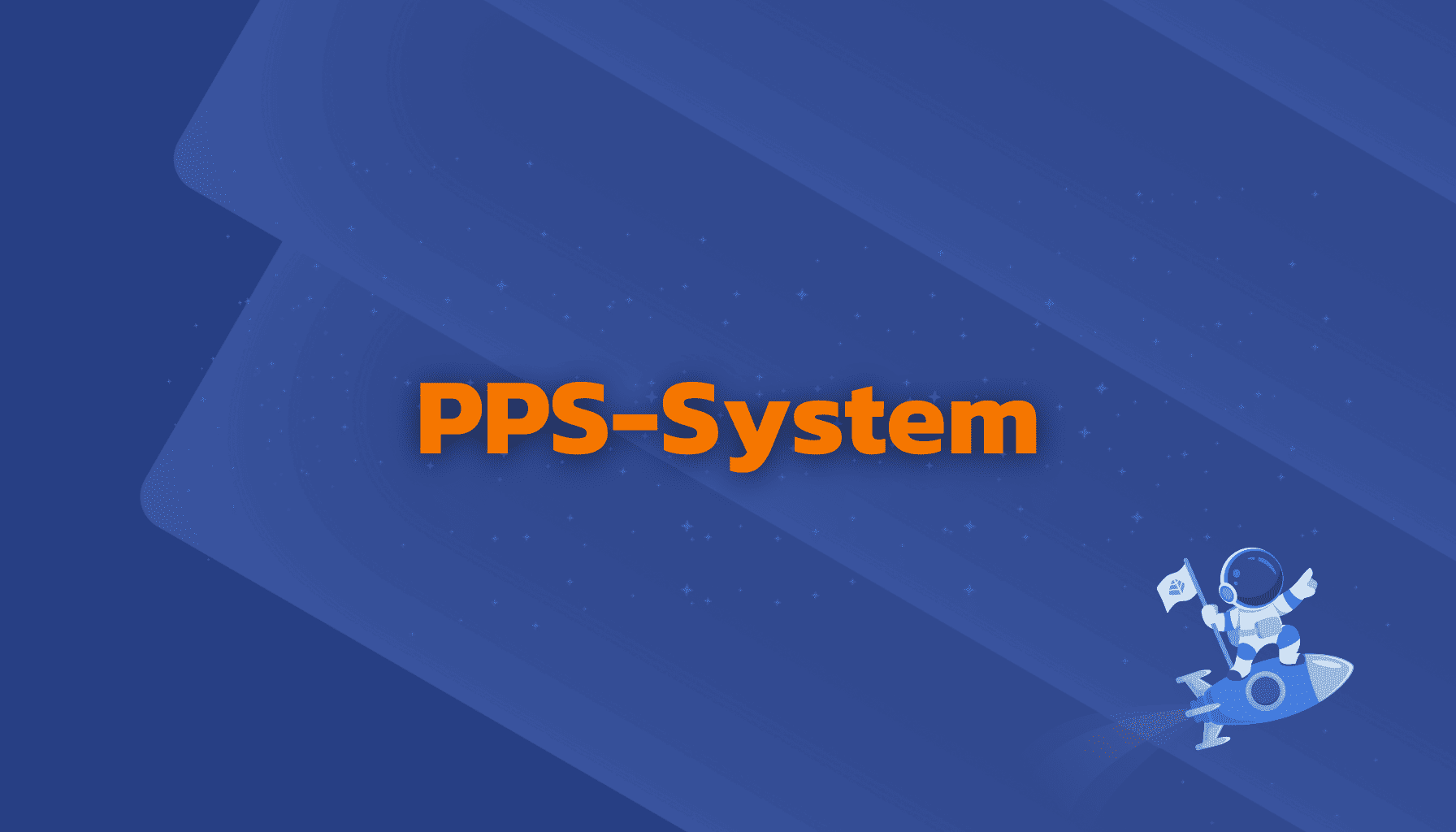What is Lean Production? (Guide 2025)

In this comprehensive guide, discover how your company can benefit from Lean Production. From core principles to implementation steps and Industry 4.0 integration – find all the essential information for successful execution.
What is Lean Production?
Lean Production (also called Lean Manufacturing) is a holistic management approach aimed at systematically eliminating waste and continuously optimizing production processes. The concept was developed in the 1950s at Toyota and is now considered key to increasing competitiveness, especially in Industry 4.0.
The 3 Core Principles of Lean Production:
- Maximum Value Creation: All activities are consistently aligned with customer benefit
- Minimum Waste: Systematic elimination of non-value-adding activities
- Continuous Improvement: Constant optimization of all processes (Kaizen principle)
Significance for US Companies
In times of global competition, increasing customer demands, and digital transformation, Lean Production is more important than ever for US companies. Studies show that companies implementing Lean methods can achieve:
- 15-25% increase in productivity
- 50-70% reduction in lead times
- Up to 60% reduction in quality costs
- 30-50% optimization of inventory levels
The 5 Core Principles of Lean Production
-
Define Value:
Determine customer benefit and focus on value-creating activities. Only processes that create value from the customer's perspective should be maintained.
-
Identify Value Stream:
Analysis of all process steps, distinguishing between value-adding and non-value-adding activities. Waste like unnecessary waiting times or duplicate workflows should be eliminated.
-
Establish Flow:
Create continuous material flow to avoid waiting times and optimize lead times. This requires smooth coordination of individual production steps to prevent bottlenecks.
-
Implement Pull Principle:
Production occurs only when there is concrete demand, controlled by actual customer orders. The pull system prevents overproduction and reduces inventory and storage costs.
-
Strive for Perfection:
Continuous improvement of all processes (Kaizen) involving the entire workforce. This includes regular optimizations and continuous search for improvement potential in every step.
💡 Practice Tip: Establish regular Kaizen workshops to develop and implement improvement measures.
The 8 Types of Waste
In Lean Production, there are eight main types of waste (Japanese: "Muda") that need to be eliminated:
-
Overproduction:
Production beyond demand, causing unnecessary capital tie-up and storage costs. Overproduction is considered the most severe type of waste as it leads to further inefficiencies.
-
Inventory:
Excessive inventory ties up capital and often masks fundamental process problems. This can lead to increased storage costs and high risk of obsolete stock.
-
Waiting Times:
Unsynchronized processes lead to waiting times that increase throughput time. Waiting times often occur due to insufficient planning or missing resources.
-
Transport:
Unnecessary transport routes waste time and increase risk of damage. Suboptimal factory layout and decentralized storage are common causes.
-
Over-processing:
Products are processed beyond customer requirements, wasting resources. This often occurs due to unclear specifications or lack of standardization.
-
Motion:
Unnecessary employee movements are inefficient and pose ergonomic strain. Better workplace design following ergonomic principles can help here.
💡 Practice Tip: Organize workplaces according to 5S methodology to avoid unnecessary movement and improve ergonomics.
Defects:
Quality defects cause rework, warranty cases, and complaints. Defects are one of the most costly types of waste as they cause both direct and indirect costs.
-
Unused Potential:
Employee knowledge and creativity are not sufficiently utilized. Involving employees in the continuous improvement process (CIP) is crucial to leverage this potential.
💡 Best Practice: Companies with active idea management generate an average of 10-12 improvement suggestions per employee per year.
Key Lean Methods in Practice
Successful implementation of Lean Production is based on proven methods and tools that together form a comprehensive system for production optimization:
-
Just-in-Time (JIT)
Production based on demand to minimize inventory and increase flexibility. The goal of JIT is to produce exactly what the customer needs, when needed, in the exact quantity required.
-
Kanban
Visualizes material flow and controls production through self-organization to prevent overproduction. Kanban cards help manage production needs and efficiently organize material flow.
💡 Digitalization Insight: Modern e-Kanban systems enable digital control of material flows and simplify system administration.
-
5S Methodology
A systematic approach to workplace organization that supports process optimization. The five steps (Sort, Set in Order, Shine, Standardize, Sustain) help create an efficient and safe work environment.
💡 Practice Tip: Visualize 5S standards through photos and checklists directly at the workplace. This supports consistent adherence.
Value Stream Mapping
Visualizes the entire production process to identify and eliminate waste. Value Stream Mapping helps document both current and future states and derive targeted improvement measures.
SMED (Single Minute Exchange of Die)
SMED reduces setup times and enables smaller batch sizes through efficient tool changes. This is crucial for increasing production flexibility and responding faster to customer needs.
Total Productive Maintenance (TPM)
TPM optimizes equipment effectiveness through preventive maintenance and involvement of production workers. The goal is to minimize unplanned downtime and maximize machine availability.
Benefits of Lean Production
Successful implementation of Lean Production leads to measurable improvements in various areas:
Quality Improvement
Reduction of error rates and improvement of product quality. Through standardized processes and continuous improvement measures, error rates can be reduced by up to 90%.
Efficiency Gains
Reduction of lead times, increased productivity, and optimization of inventory levels. Lean Production can boost productivity by 15-25% on average and reduce lead times by up to 70%.
Cost Savings
Reduction of production and quality costs plus optimization of inventory costs. The reduction of waste leads directly to lower production costs and better resource utilization.
Implementation of Lean Production
The introduction of Lean Production requires a systematic approach in several phases:
Preparation
Unconditional commitment from top management is crucial. Employees should receive comprehensive training to understand and actively shape the Lean philosophy.
Pilot Project
Begin with current state analysis and test Lean methods in selected areas to gain experience. Selecting an appropriate pilot area is crucial for the success of later rollouts.
💡 Best Practice: Choose an area with high optimization potential and motivated employees for your pilot project.
Standardization and Rollout
Standardize successful approaches and gradually extend to other areas. This includes developing clear work instructions and standards that apply to all areas.
Sustainable Integration
Lean Production isn't a project but a permanent change in corporate culture. Continuous improvement and engagement of all employees are key to success. Shopfloor Management methods help anchor Lean thinking in daily operations and regularly review progress.
Lean Production & Industry 4.0
The connection between Lean Production and Industry 4.0 offers new opportunities for production optimization. Modern technologies enhance lean production principles and make processes even more efficient:
- Digital Shopfloor Boards for real-time visualization and cross-site transparency. This enables better coordination and faster response to deviations.
- 💡 Digitalization Tip: Start digitalization where it brings the greatest benefit to your Lean activities, often in KPI tracking and visualization.
- Smart Kanban with RFID technology for automatic reordering. This makes material replenishment more efficient and manages demand in real-time.
- Connected Machines enable predictive maintenance (Predictive Maintenance) and support process optimization. This reduces unplanned downtime and increases machine availability.
Industry 4.0 supports Lean Production goals by further reducing waste through data and technology use. The combination of Lean Production and Industry 4.0 creates the foundation for future-proof, efficient production. The principle "Keep it as simple as possible" should always be observed to avoid unnecessary complexity.





